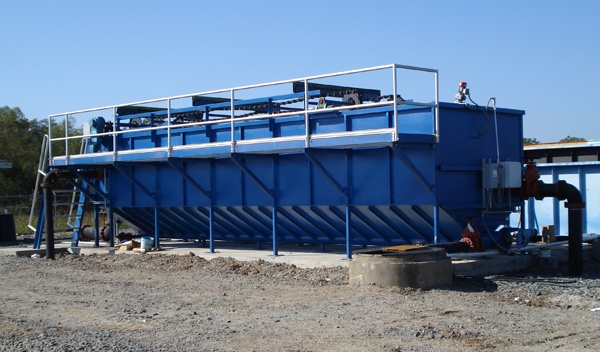

(+98)09102367657
Make A Call
Conventional Gravity Thickener
Conventional Gravity Thickener
Sludge thickening is important because it is the process used in wastewater treatment centers to increase the solids concentration and decrease the free water. This step minimizes the load on the downstream processes, such as sludge dewatering and digestion.
Description
Sludge thickening is important because it is the process used in wastewater treatment centers to increase the solids concentration and decrease the free water. This step minimizes the load on the downstream processes, such as sludge dewatering and digestion. There’s more to this process of course, and this article highlights how sludge thickening works and its general impact, as well as effective groundwater treatment solutions. There are various processes used in sludge thickening. Each depends on the downstream process, the size of the wastewater plant, and the physical limitations associated with it. Gravity thickening involves using specially designed circular tanks that concentrate thin sludges to a more-dense sludge product. The limitation of this form of clarification water treatment is that it works mostly for the excess watery sludge derived from an activated-sludge process. Thickening tanks have slow-moving vertical paddles. Sludge flows into the thickening tank, and eventually, it removes excess water from the solids collecting at the bottom. A gravity thickener has a similar process to the tanks, but it has a sloped design so that solids collect at the base.

The SAHAB group started in the water and wastewater treatment industry in 1980. Since then we have helped numerous clients with their water and wastewater needs.
Services
- water treatment
- wastewater treatment
- water network
- wastewater network
Recent News

UN World Water Development Report 2020

2017 UN World Water Development Report, Wastewater: The Untapped Resource








